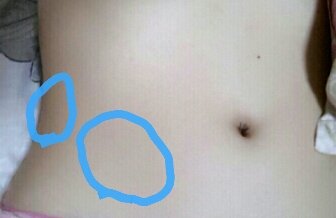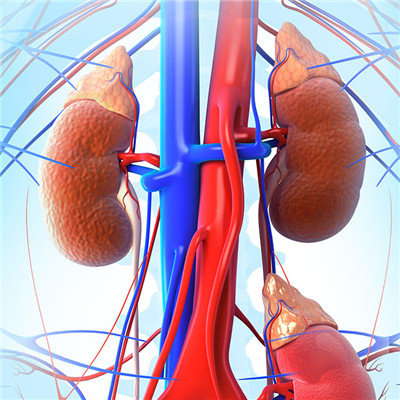How to treat congenital blepharoptosis
summary
Congenital blepharoptosis is caused by the weakness and deformity of levator palpebrae superioris muscle or congenital hypoplasia of its innervating nerve and nerve nucleus, resulting in partial or complete blepharoptosis and occlusion of pupil. The incidence rate was 0.12%, which could be seen in one or two eyes, and 75% in unilateral. Light affect the appearance, during the growth of children's psychology, character development will cause adverse effects; severe occlusion of the pupil, will affect visual development and form deprivation amblyopia, especially monocular patients, the degree of amblyopia is deeper, more difficult to correct. How to treat congenital blepharoptosis.
How to treat congenital blepharoptosis
First, the treatment of congenital blepharoptosis can only be corrected by surgery. According to the degree of the disease, the timing of operation is different: severe blepharoptosis must be corrected as soon as possible, so as not to affect the visual development; if the degree is mild or moderate, the degree of both eyes is similar, do not cover the pupil, generally will not cause amblyopia, then the operation time can be appropriately delayed, or the operation can be performed under local anesthesia after adulthood. Because the levator palpebrae superioris can get partial development with age after birth, so that its symptoms can be alleviated, so the operation should be arranged after 3-5 years old as far as possible, and some conservative treatment can be taken before operation to avoid amblyopia. In addition, if we consider the psychological development of children, mild and moderate ptosis can also be appropriate to advance the operation time. Some cases are not suitable for surgery, such as combined with ocular uprotator palsy, children with eyes closed when the eyeball can not turn up (bell phenomenon does not exist), postoperative exposure keratitis, surgery should be particularly careful.

The second: surgical methods are mainly divided into two categories: 1. Incomplete ptosis: levator palpebrae muscle can be enhanced surgery, including levator palpebrae muscle shortening surgery, levator palpebrae muscle folding surgery, levator palpebrae muscle migration surgery. 2. Complete blepharoptosis: the levator palpebrae superioris has no motor function, so it can only complete the movement of levator palpebrae with the help of frontal muscle. This kind of operation includes suspension of substitute, suspension of frontal muscle flap, etc.

Third: the prognosis of the disease, generally, the long-term operation will have different degrees of effect regression, the more severe blepharoptosis, the need to do frontalis suspension with substitutes, the more obvious regression. Therefore, surgeons usually do appropriate overcorrection according to the condition of the patient to ensure the long-term effect. But overcorrection often results in blink movement disorder and eye closure disorder in the near future. In short, in the face of an eye with eyelid motor muscle defects, no operation method can perfectly solve its own shortcomings. The choice of operation method and operation amount is to find a balance between the operation effect and reducing the risk of complications. Therefore, patients should have an objective understanding.

matters needing attention
The skin suture can be removed 7-10 days after the operation. During this period, the incision has not yet healed. Therefore, the eye should be avoided when bathing or shampooing to avoid incision infection. It is not suitable for swimming. 2. Drop antibiotic eyedrops to prevent infection according to the doctor's advice. 3. If it is confirmed that the patient has scar constitution in the past, the choice of surgical treatment should be cautious. 4. Special attention should be paid to prevent complications after blepharoptosis operation. The most common complication was exposure keratitis. Even if Bell's sign exists before operation, it will cause dry eye surface due to incomplete eye closure during sleep, especially pain in the near future after operation, and some children seldom blink during the day, which are the causes of exposure keratitis. If the cornea is exposed during sleep, eye ointment should be applied to protect the cornea from dryness. In the near future, attention should be paid to the blink of children. If the blink is significantly reduced, children should be reminded to close their eyes, blink or turn their eyes.














